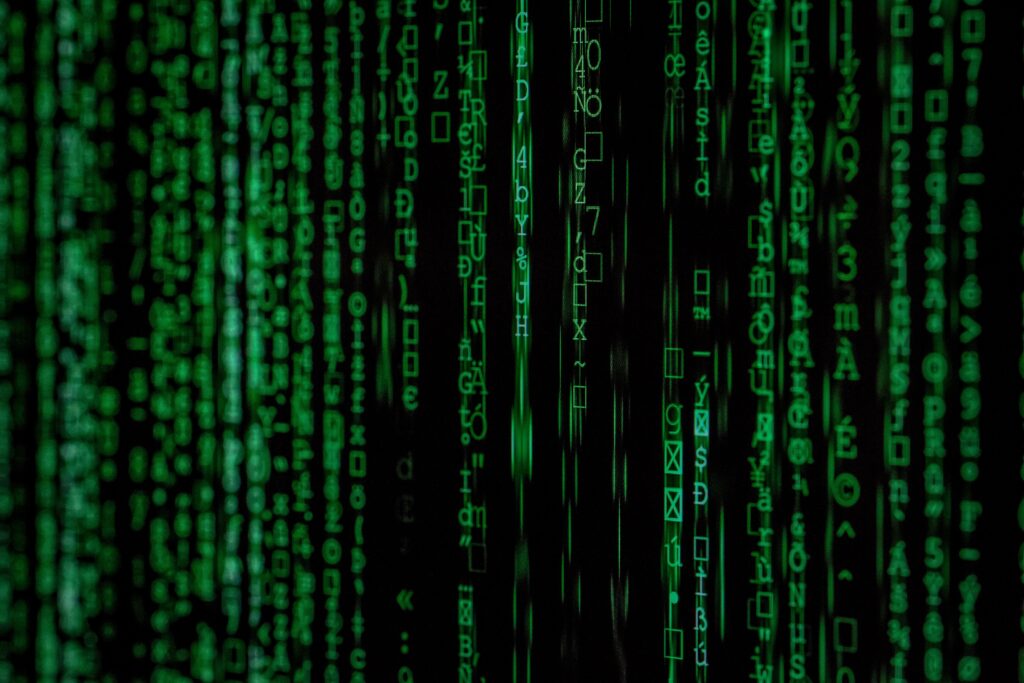Malware is a type of software, which intentionally harms a computer, a server, or a computer network. Moreover, they are also known as malicious software. Malware can be further divided into a few different types. Virus, Worms, Trojan Horse, Ransomware, Adware, and Phishing are some of the mains among them. This article briefs on how malware works, how malware spreads, and how to protect our computers from malware.

Let us now go through the unique features and attributes of the above-mentioned different computer malware types.
What is Computer Malware?
01. Computer Virus
A computer virus replicates itself with the support of other executable programs in the host machine. There are various ways that this type of malicious software could enter a computer. Some of the most common entry points are through a computer network, through external storage devices, and through email attachments. After entering the machine, it attaches itself with executable files in the host computer.
Thereafter the process of self-replication commences. This is how it spreads into other files or programs in the host machine, infecting them in-line. Once a computer virus enters the machine, it is always in the active state. That is due to its aforementioned attachment with executable files. A computer virus has the ability to damage the data, hardware and the software of the infected machine.
02. Computer Worms
Computer worms are somewhat similar to computer viruses, yet computer worms have some unique features. They have the ability to work on their own and spread on their own. The significance of computer worms is that they can duplicate themselves from one machine to another without attaching themselves onto them, unlike computer viruses. Email attachments and fake websites are some common entry points that computer worms use to invade computers.
03. Trojan Horse
One of the interesting points about this computer malware type is that a historic background lies behind this term ‘Trojan Horse’. It is based on how Greeks used a wooden horse as a tricky craft to deceitfully enter the city of Troy. This computer malware type acts the same. They always appear to be legitimate, and harmless. Hence, it deceives the users into loading and executing them on their devices. But once they are executed, they cause major harm to the host. So this behaviour depicts how good it matches the term ‘Trojan Horse’.
Once a trojan horse enters a machine, the machine might act weird in a number of ways. Automatically opening and closing windows, abrupt changes in the desktop, and disappearance of documents might be a few indications of a trojan horse attack. Apart from that, trojan horses are capable of stealing data and spying on the host. Of course, they distress the users in numerous ways.
04. Ransomware
Ransomware is one of the most popular computer malware types in the present world. Simply, it is a file-encrypting malware. Once ransomware enters a computer, it encrypts the user’s personal data in such a way that they cannot be recovered unless the user pays the attacker. The normal process is that the victim is shown instructions on how to make the payment to get the decryption key in return.
05. Adware
Adware is designed in order to display unwanted advertisements on a user’s screen. They might most probably appear as pop-ups, or rather as unclosable windows, within web browsers. Of course, they are not as harmful as computer viruses. Yet, they are still a form of malware that can become a hassle to the users.
06. Phishing
The basic concept behind phishing is misleading the user. Afterwards, hacking the information related to the user’s bank accounts and other online accounts will follow. In this case, the targeted user is most probably reached through an email or a text message. These messages are often sent posing as a legitimate organization, or a known person. Most of the time, along with these deceptive messages a link that appears to be important will also be sent. Once the user clicks this link, or fills and sends a seemingly real form, the user’s sensitive information will be stolen.
How to protect oneself from Computer Malware?
Now we have a clear idea on a few malware types, how they act, and what kind of impact they have on the host computers. Malware is still a serious threat. Therefore, let us now discuss how to protect our computer from these computer malware types.
- Install an Antivirus Software into your computer and keep it updated.
- Scan each and every external storage device that you connect to your computer, with the use of an updated Antivirus Software.
- Always use legitimate software.

If your computer is connected to the internet,
- Always enter into trusted websites.
- Use trusted websites to download software and other applications.
- Be conscious when opening email attachments. Do not click on suspicious links, and do not open suspicious emails and attachments.
- Use firewalls, virus guards, and email filters.
Related Importance of Cybersecurity in 2021






1 Comment
Pingback: Understanding YubiKeys: A Comprehensive Guide to Their Usage and Benefits - HelpTricks